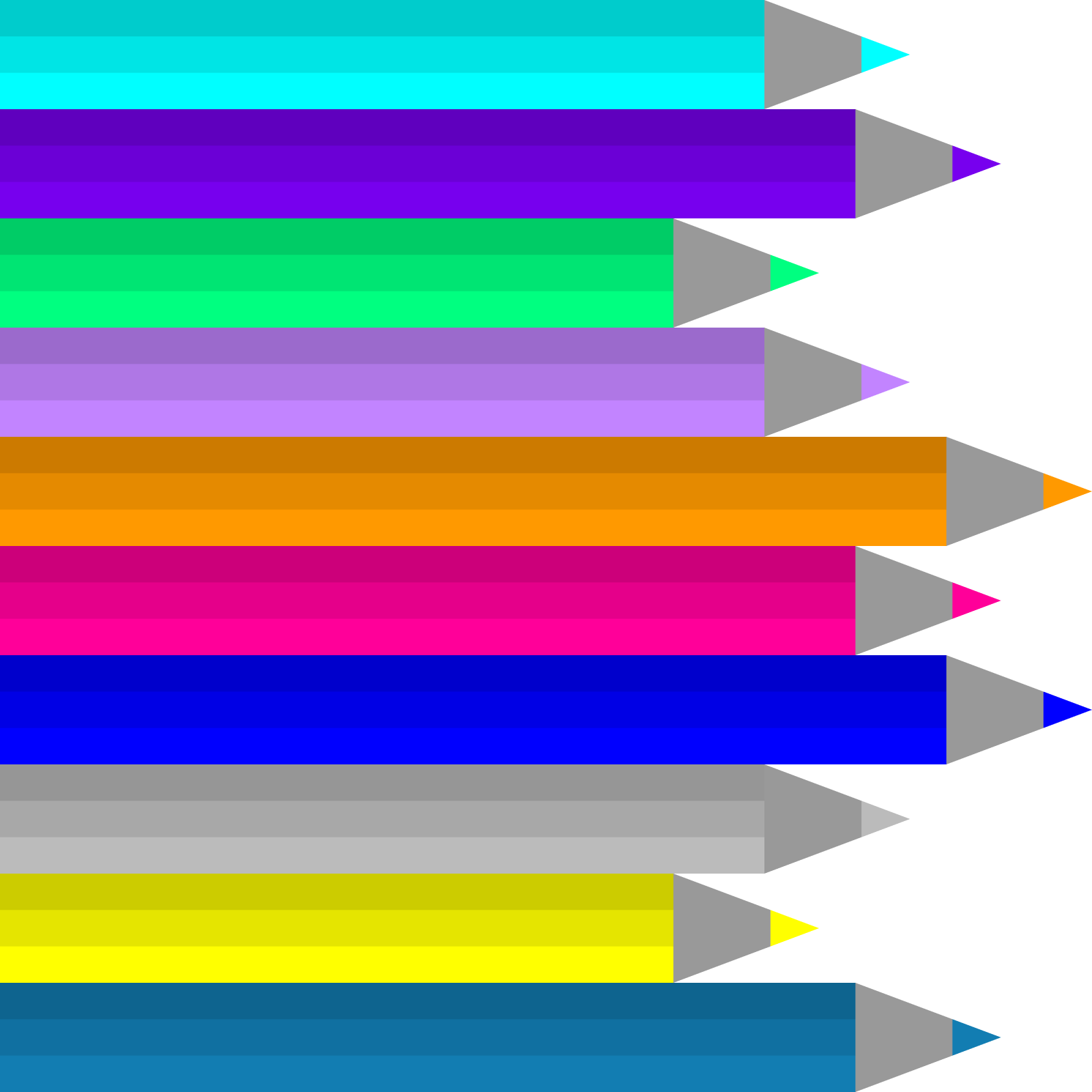Course · Part 4 · Assignment 17
Read
Ten Colour Tips
KeyThree
The key points from this assignment.
- Use standard colour palette structures, colour scales, and the HSV colour model
- Think about colour contrast, colour accessibility, and the functionality your colour choices need to support
- Be intentional when choosing bright or muted colour palettes, and look to nature for inspiration

Image credit: Baseline Team
Introduction
In this assignment, we’ll present ten practical tips that can help you choose and use colour effectively in your designs.
1. Begin with a standard colour palette structure
Standard colour palette structures (analogous, complementary, split-complementary, triadic, tetradic, and square) give you somewhere to begin your colour explorations.
2. Build out a colour scale
A colour scale is especially helpful for user interface design. But it’s useful in graphic design and illustration too, because it gives you a wide range of colour options without having to choose too many hues.
3. Think about colour contrast and accessibility
As many as 1 in 4 people globally have some form of vision impairment. Where your colour choices need to support reading or other forms of interaction, prioritise colour contrast over aesthetics.
4. Choose colours that support the design’s functionality
Colour also has an important role in user interface design.
Bright or high-contrast colours can be helpful in drawing people’s attention to something they can interact with, like a form or a button. Light tints and dark shades of that colour can also help to indicate when an element is disabled (“greyed-out”) or selected (“active”).
5. Have reasons for your colour choices
In classical music, you can perform a piece however you like — but there should be a reason for your decisions.
The same is true of colour. Most of the time there are no “wrong” colour choices — but the colours we select should have been chosen for a reason.
6. Consider, but don’t be constrained by, colour psychology
Conventional psychological associations with particular colours (like blue with calm, and red with danger) can be relevant to some projects. However, don’t be too constrained by colour conventions. As we explored in the first assignment about colour, there are many levels to people’s experience of colour.
7. Use HSV
Use the HSV (Hue, Saturation, Value) colour model when picking colours. It offers the cleanest way to select a hue and then explore variations of that hue. For a reminder of how to use HSV, revisit the earlier assignment about working with colour.
8. When designing for print, always convert RGB elements to CMYK, and ask for proofs
Printed colour uses an entirely different colour system to the colours you see on a computer screen. Certain colours can’t be printed with a standard CMYK printing process — for example, electric blue and lime green.
Therefore, it’s important that you convert RGB colour values to CMYK colour values before sending a project to the printer. Make sure to ask the printer for hard proofs, particularly of any pages where colour fidelity might be a problem.
9. Look to nature for inspiration
Nature offers some incredible colour palettes, whether they be found in flowers, fishes, or the far reaches of space. Be on the lookout for colour combinations that nature presents to you, gather photos, and think about what kind of design they could be useful for.
10. Be bright or muted — in between can be muddy
As with so many things in graphic design, clarity and contrast often make or break colour choices. In general, colour palettes work best when they have a clear intention. Both muted and bright colour palettes can work well for all kinds of projects, but a colour palette built around ambiguous midtones can be muddy and unattractive.
In conclusion...
Combined with the guidance from the previous assignments, these ten colour tips can help you make successful colour choices in your design projects.
On which note, let’s put your new knowledge into action with two hands-on assignments!